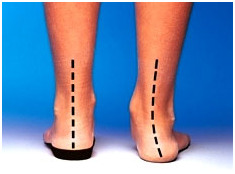28 Sep Treating heel pain and plantar fasciitis
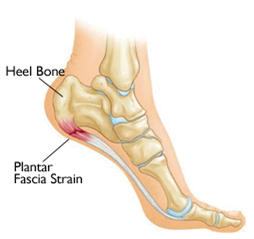
Heel pain and plantar fasciitis is one the of most common injuries we see at Masterton Foot Clinic. Quite often it is caused by an inflammed, torn, or degenerated plantar fascia. The plantar fascia is a band of connective tissue that connects from the metatarsal joints in the ball of the foot to the heel bone.
Treatment will depend on the severity of the problem and how long it has been there. We often prescribe the following exercises for patients to help with heel pain.
Calf stretch:
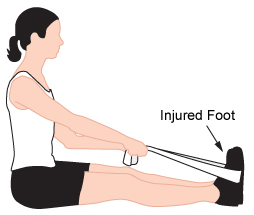
Using a towel, belt or strap around the ball of the foot and pulling it towards you is a simple way of stretching the calf muscles out. Most of the time when we see someone with plantar fasciitis, they have tight calf muscles which limit the amount of movement that can occur through the ankle joint. This causes the patient to lift their heel early while walking putting extra strain through the arch of the foot.
Plantar fascia stretch:
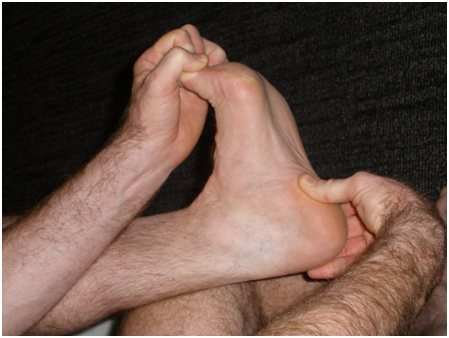
Pulling all the toes back puts a direct stretch on the plantar fascia. You can actually see medial slip of the plantar fascia sticking out in the arch area and the persons thumb is on the insertion of the fascia into the heel.
Both these stretches should be held for 30 seconds and repeated a few times a day.
Massage:
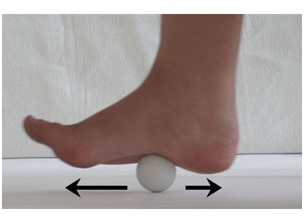
Self massage is a good way to improve blood flow to the foot and release tight soft tissues. This can be done with your hands and some anti inflammatory cream or by using a golf ball or tennis ball. Be careful not to go to hard with the pressure! We often advise people with heel pain to fill a Coke bottle with water (600ml is best with it’s hour glass shape) in the freezer and spend 5-10 minutes rolling it under their arches and heel after training or a long day on their feet.
Strapping:
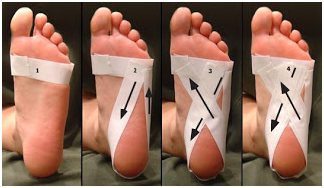
Strapping is an excellent way to provide the foot with support to temporarily offload the injured plantar fascia and quite often results in immediate pain relief. A podiatrist or physiotherapist can strap your foot if you have torn or sprained the plantar fascia.
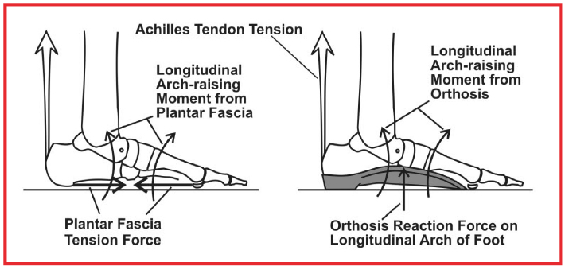
Arch supportive orthoses can help assist the function of the plantar fascia. As seen above, the main function of the fascia is to pull the heel and ball of foot closer together while pushing off the ball of your feet. The arch support in the orthotic takes tension off the fascia, allowing it to heal.
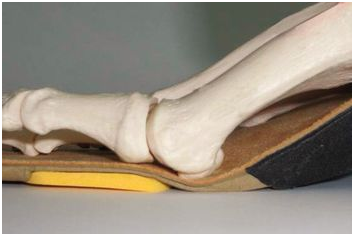
There are a number of different modifications we make to orthoses to relieve heel pain. The picture above is showing a cut out in the orthotic that allows the big toe to drop down which shortens the distance between the forefoot and heel; therefore taking tension off the fascia. Adding a heel raise will have a similar effect.
Another really useful modification we perform routinely at Masterton Foot Clinic, is the calcaneal heel cushion modification. With the modification, the area of the orthotic under the heel (adjacent to that which is most painful) is replaced with a softer foam. This creates a lovely soft spot under the heel, reducing impact pain on landing.
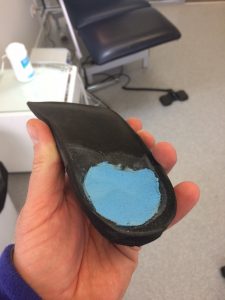
If the foot is excessively pronated or flat then the plantar fascia will go through extra stress and torque while walking. Added wedges under the inside of the heel can help correct this movement and reduce the stress that is causing heel pain.
